In today's world, programming is one of the most sought-after and promising areas of development, and even the youngest children can start learning the basics of programming.
Moreover, programming encourages a child's logical thinking, creativity, and problem-solving skills. In this article, you'll learn where to start to get your child excited about programming.
Selection of a programming language
The first step in learning programming is choosing a programming language. There are many programming languages, and each of them has its own features and applications. For starters, it is best to choose a language that is easy to learn and understand.
For children, the most suitable programming languages are those used for creating games and animations, such as Scratch, Kodu, Alice and Logo. These are visual and interactive programming environments in which you'll be able to create games, animations and interactive stories using code blocks.
These programming languages do not require the child to know the syntax and structures of programming languages, which makes them more accessible to beginners.
Learn programming software
There are many programs and online courses to learn programming, specially designed for children. Here are some of them:
- Scratch: This is free software developed by the Massachusetts Institute of Technology (MIT) for children ages 8 and up. Scratch is a visual programming environment where children can create their own games, animations, and interactive stories using code blocks.
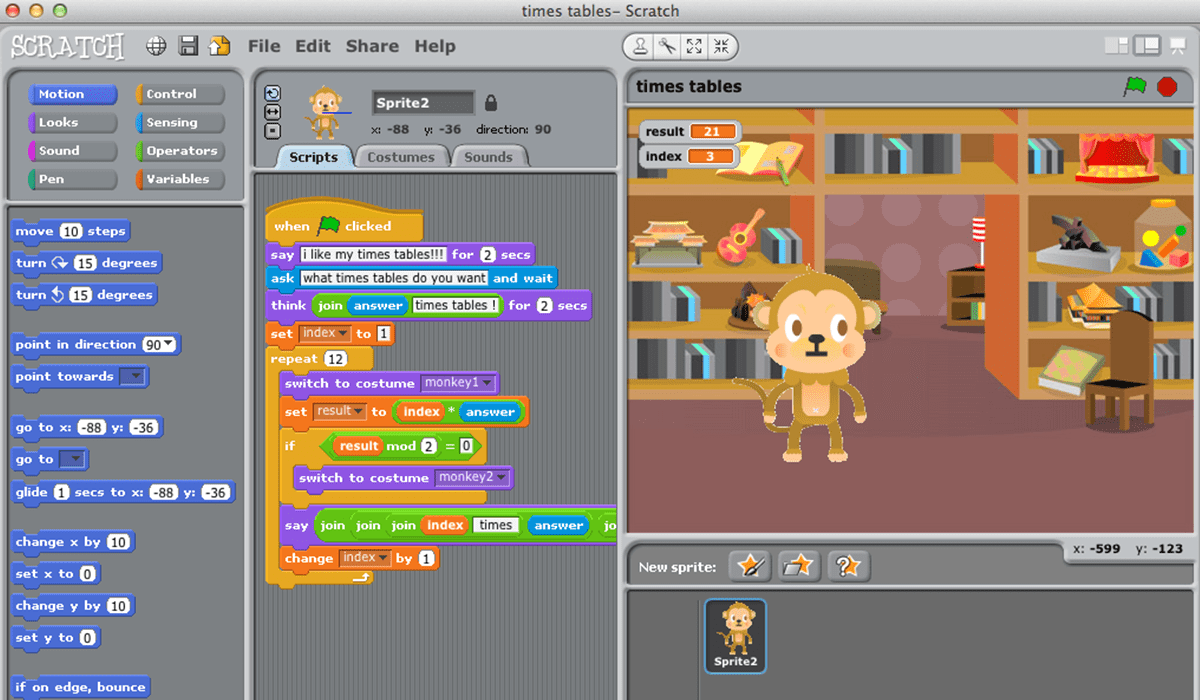
- Kodu: This is a free game programming environment developed by Microsoft Research for children ages 8 and up. With Kodu, the child can create and interact with his own games using a simple programming language.
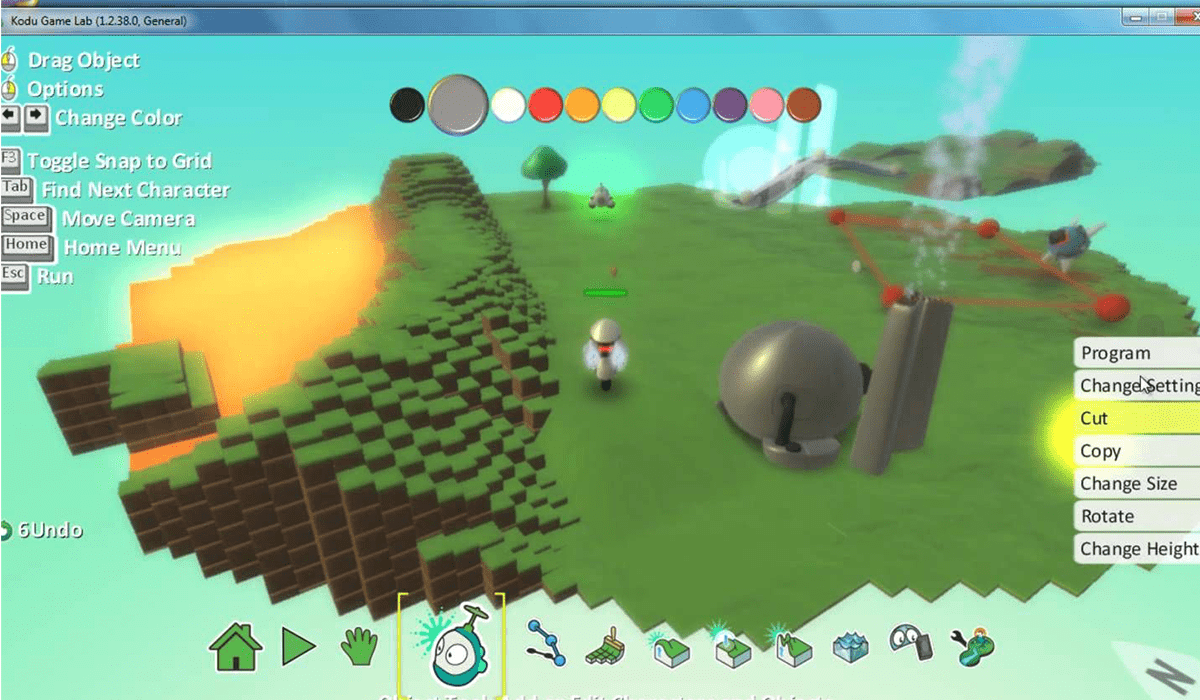
- Code.org: This is a free online resource for teaching programming, created in collaboration with organizations such as Google, Microsoft, and Facebook. Code.org offers a variety of lessons and assignments for kids from elementary school through high school to help them learn the basics of programming.
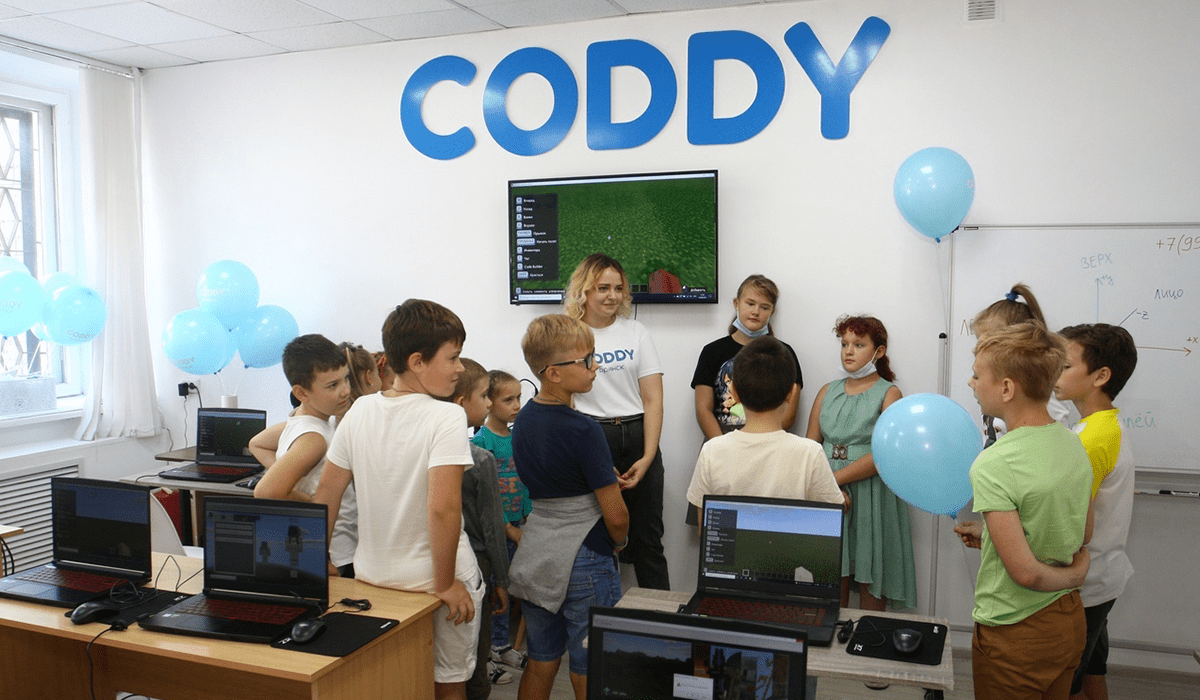
However, for a deeper understanding of the programming language and to boost your confidence in your abilities, it is recommended that you turn to professional tutors. At Coddy, you have the option to order personalized lessons with a tutor or take a personalized course where only you and your child will learn. Thus, you will receive personalized support and help with specific tasks.
Regular lessons with a Coddy tutor will help you and your child expand your knowledge and skills in programming and create more complex and interesting projects.
When you book a course with Coddy, you can choose a suitable time and day for the lessons and discuss an individual training program that best suits your needs and level of preparation.
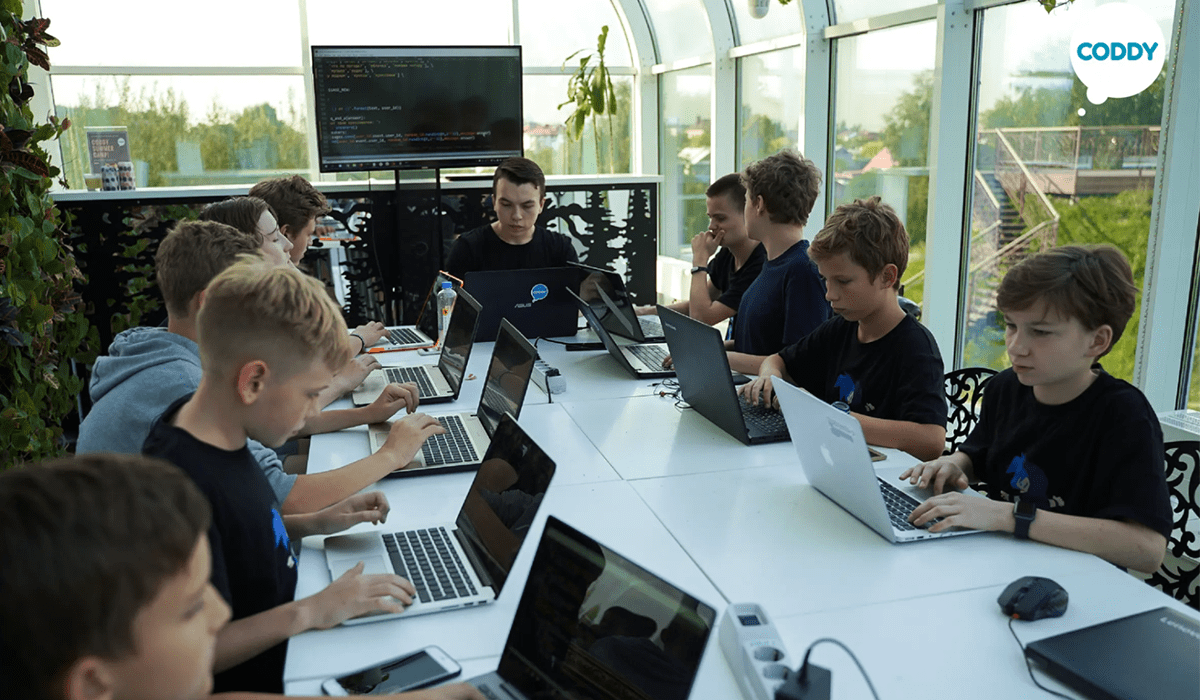
Participation in summer camps and events
Summer programming camps and activities are another way to get your child excited about programming. Camps and activities allow children to learn programming with other children and under the guidance of professional instructors. Camps and activities can also provide interesting projects where kids can put their knowledge into practice.
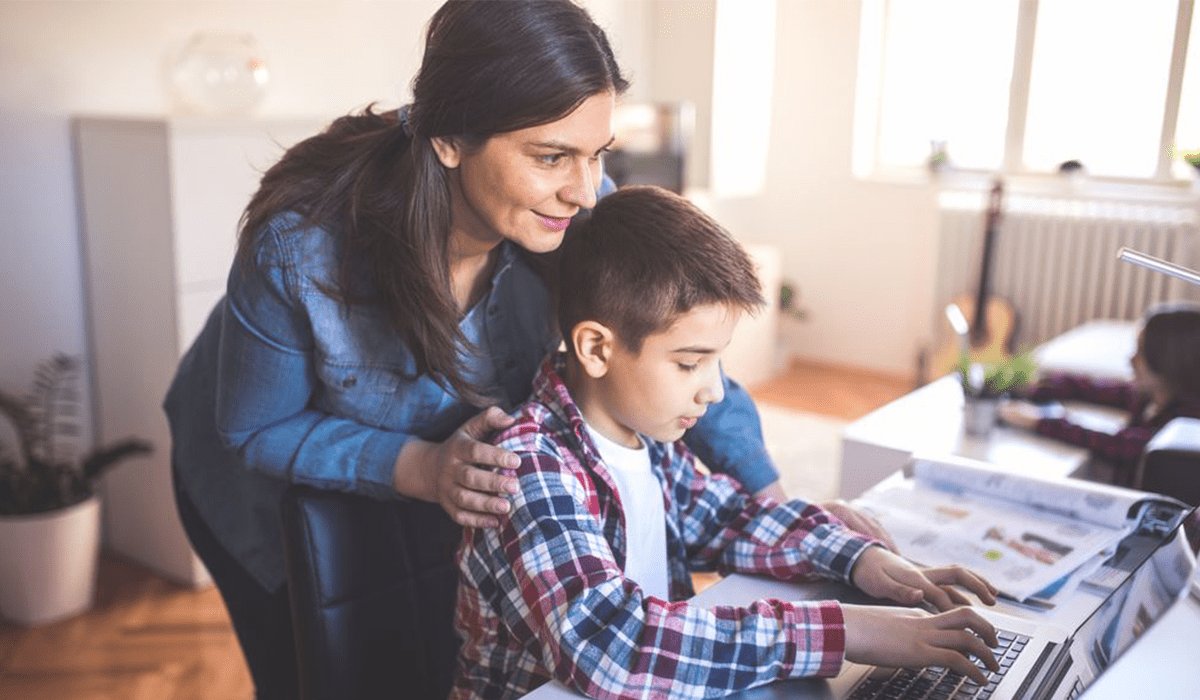
Parental involvement
Parents can also be involved in their children's passion for programming. They can pick up interesting tasks and projects that can be implemented through programming. Parents can also get involved in teaching their children by helping them understand the basics of programming and solve complex problems.
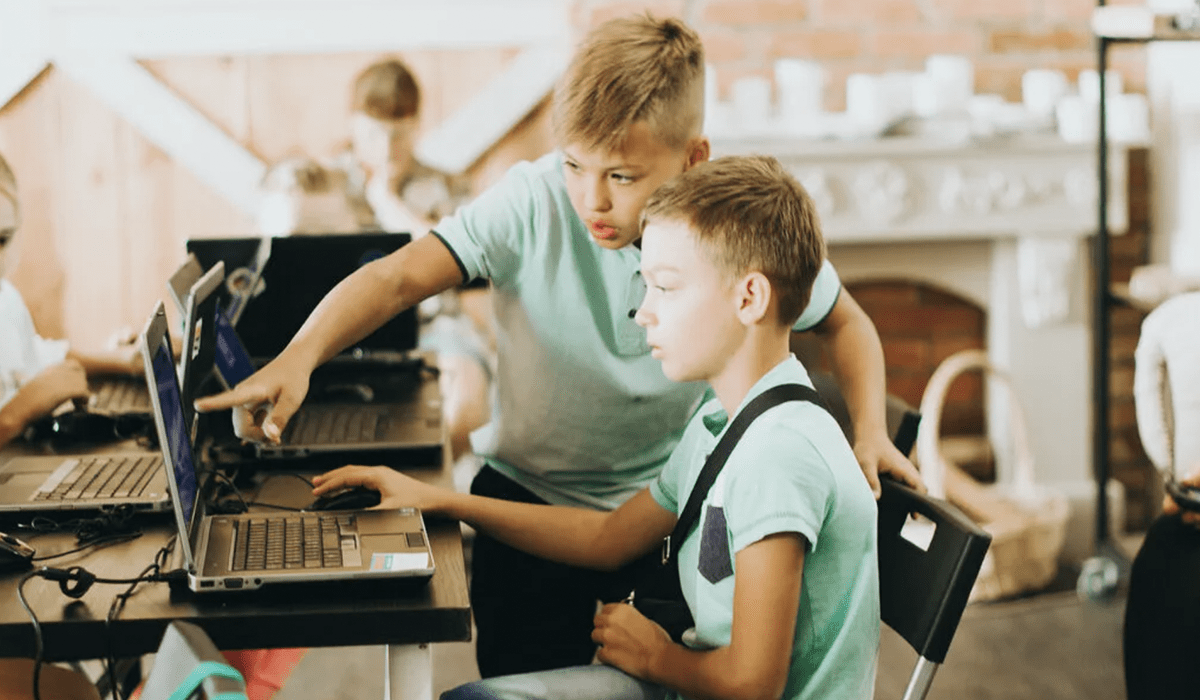
In summary
Getting a child interested in programming is a great way to develop their logical thinking, creativity, and problem-solving skills. To get started, choose a programming language that is easy to learn and understand, and use a variety of programs and resources to teach programming. Parents can also get involved in their children's programming hobby by choosing interesting projects and tasks that will help the child apply his knowledge in practice.
However, do not forget that programming is not only a useful skill, but also a fun activity where you can create something new and creative. So when your child starts programming, give him the freedom to experiment and create. Maybe his projects and ideas can lead to the creation of something that has never existed before.
It is also important to remember that every child is different and that some may have a hard time getting into programming. But do not be discouraged. It may be worth trying a different approach or programming language that is more interesting to your child. The main thing is that you support his interest in programming and help him develop in this area.
A child's interest in programming is a great way to develop skills that will be useful to them in the future.
They can start with simple programming languages and use a variety of programs and resources to learn. You can also participate in summer camps and programming activities or teach your child yourself.
The most important thing is to keep your child interested in programming and help him create and experiment.





